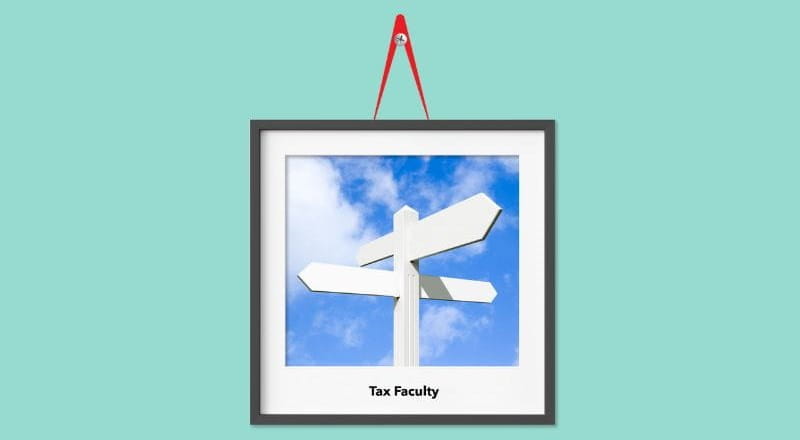Special tax rules applied for FHLs for 2024/25 and earlier tax years. Those rules are abolished for 2025/26 and subsequent tax years. Properties that qualified as FHLs are now subject to income tax and capital gains tax in same way as for other residential properties. This has a number of implications, including for married couples and civil partners who own the property jointly.
Jointly held property
Under the FHL rules, the parties to the marriage or civil partnership were taxed on their share of the income from the FHL property. From 6 April 2025 onwards, the default position is that they are taxed 50:50. This could result in increased tax liabilities for the couple overall.
Example
Keisha and William are married. They own a property that qualified as a FHL in the proportion 20% Keisha and 80% William. Keisha pays income tax at the higher rate and William at the basic rate.
For 2024/25 and earlier, Keisha was taxed on 20% of the profits from the property and William, 80%. For 2025/26 onwards, they are each taxed on 50% of the profits. This means that more of the profits are subject to income tax at the higher rate than was the case previously.
Consider using form 17
Couples who find themselves in this position may wish to consider making a joint declaration of beneficial interests in property and income to HMRC (form 17). This enables each spouse/partner to be taxed by reference to their share of the property, not on a 50:50 basis.
Income from the property is taxed in accordance with form 17 from the date that it was signed by the last spouse or civil partner to sign it, provided it reaches HMRC within 60 days. Form 17 does not apply to income that was received before the couple signed it. A form 17 that is received late (ie, later than 60 days) is invalid.
The form incorrectly states that it cannot be used for FHL properties, as it has not yet been updated to reflect the changes in legislation.
Conditions apply
A number of conditions apply to use form 17, including that the spouses/civil partners own the property in unequal shares. Evidence demonstrating the capital ownership shares, for example, a declaration or deed, should be submitted alongside form 17. Where the spouses/civil partners are joint tenants, they do not own the property in shares at all but are each entitled jointly to the whole of both the property and the income, and so can only declare the income on a 50:50 basis.
It should be noted that form 17 does not change the ownership split of the property, it simply confirms to HMRC what the capital ownership split is and that the couple want the income split to mirror the capital split. If couples wish to change the capital ownership split, they should seek legal advice and also talk to their mortgage provider if necessary.
Further information
- HMRC’s detailed guidance on using form 17
- HMRC’s guidance in the penultimate section of PIM1030 (jointly owned property & partnerships)
- ICAEW article HMRC provides further guidance on FHL abolition | ICAEW
- ICAEW’s Tax Track podcast episode Checkout time for furnished holiday lets | ICAEW
Latest on property tax
The Tax Faculty
ICAEW's Tax Faculty is recognised internationally as a leading authority and source of expertise on taxation. The faculty is the voice of tax for ICAEW, responsible for all submissions to the tax authorities. Join the Faculty for expert guidance and support enabling you to provide the best advice on tax to your clients or business.




